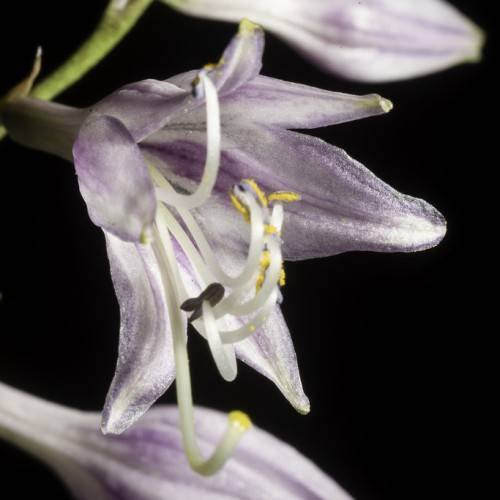
hosta
Hosta longipes
Cycle:
Herbaceous Perennial
Watering:
Average
Hardiness Zone:
3 - 8
Flowers:
Flowers
Sun:
Full sun,part shade
Leaf:
Yes
Growth Rate:
Low
Maintenance:
Low
Salt Tolerant:
Yes
Care Level:
Medium
watering
Hosta longipes should be watered when the soil feels dry to the touch, usually about once every 2 weeks or so depending on conditions in the home or garden. When watering, make sure to saturate the soil for about 15 minutes to ensure that the entire root system gets adequately hydrated. It is a good idea to water in the morning to allow any excess water to evaporate from the leaves. In periods of extreme heat, waterings may need to be increased to every 3-5 days. During the winter months, watering may not be necessary at all.
sunlight
Hosta longipes, or commonly known as 5-pedicled species of hosta, is a semi-aquatic perennial plant, grown mostly for its attractive foliage. It thrives best in partial to full shade and requires very little light for proper growth and flowering. In the natural habitat, it's grown in moist soils rich in organic matter that retains moisture and filters out some of the harsh direct sunlight. It is well suited to growing in woodland or shaded garden areas. Due to its need for shade, it should only be exposed to direct sunlight for short periods in the morning or late afternoons, when the sun is not as intense and direct. The maximum amount of direct sunlight it can endure is usually for about 4 hours a day. Hosta longipes also grows well with indirect sunlight and absorbs enough light from the filtered shade from nearby plants or buildings, making it a great option for planting under trees or in other shaded areas.
pruning
For optimal growth and health, hosta (Hosta longipes) should be pruned twice a year. In the spring (March to May), prune away dead foliage and any flowers that have wilted. In the late summer or early fall (August to October) cut back excess foliage to promote healthy new growth. Pruning can be done with shears, hand pruners, or hedge trimmers. Be sure to remove as much plant material as possible while avoiding damage to healthy foliage or flower buds.
